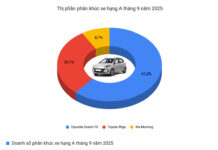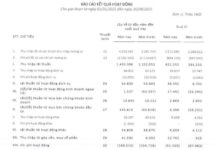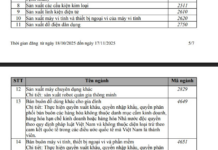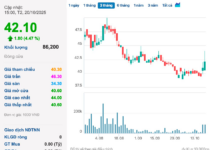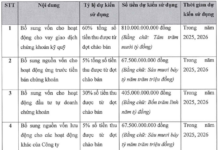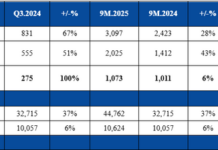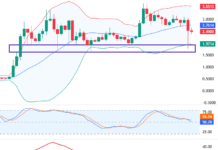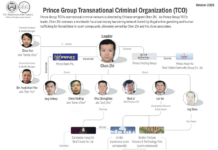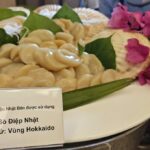Seafood is in high demand during this year’s 2-9 holiday, with consumption increasing by 2.3 times the usual rate. However, this year, the abundant supply of seafood has kept prices stable, unlike previous years.
According to a survey conducted by Báo Người Lao Động reporters in Ho Chi Minh City, items such as conch, clams, crab claws, crab, and shrimp are very popular among customers. Consumers are prioritizing seasonal products with moderate prices, such as crab, which is now more affordable, with a price reduction of 50,000 – 100,000 VND/kg compared to before.
For instance, a seafood specialty store on Truong Chinh Street (Tan Binh District) is selling live crab ranging from 150,000 VND/kg (12-15 pieces) to 400,000 VND/kg (3-4 pieces). The most popular choice is 300,000 VND/kg (3-7 pieces, some may have broken claws); crab prices vary from 400,000 to 500,000 VND/kg (0.35-0.7 grams/piece).
Ms. Mai Trang, director of a crab purchasing cooperative in Ca Mau, shared that during previous holidays, prices would surge, but this year, the market has remained stable.

Many consumers are opting for shrimp instead of lobster to save money.
“Before the holiday, traders came to our source region and purchased crab with eggs for 600,000 VND/kg, which was 100,000 VND/kg higher than before, but they only bought a small quantity. After they left, the prices returned to normal,” Ms. Trang said.
Ms. Trang also noted that in the source region, crabs are clearly categorized and priced according to size and meat firmness. However, in the retail market, these distinctions are not always clear, and consumers looking for cheaper options may end up buying lower-quality crab.
She mentioned a large retail system in Ho Chi Minh City selling Ca Mau crab for less than 250,000 VND/kg, which is a type of crab with very little meat. Consumers may think this price is a bargain, but in reality, it is much higher than the original price from the source.
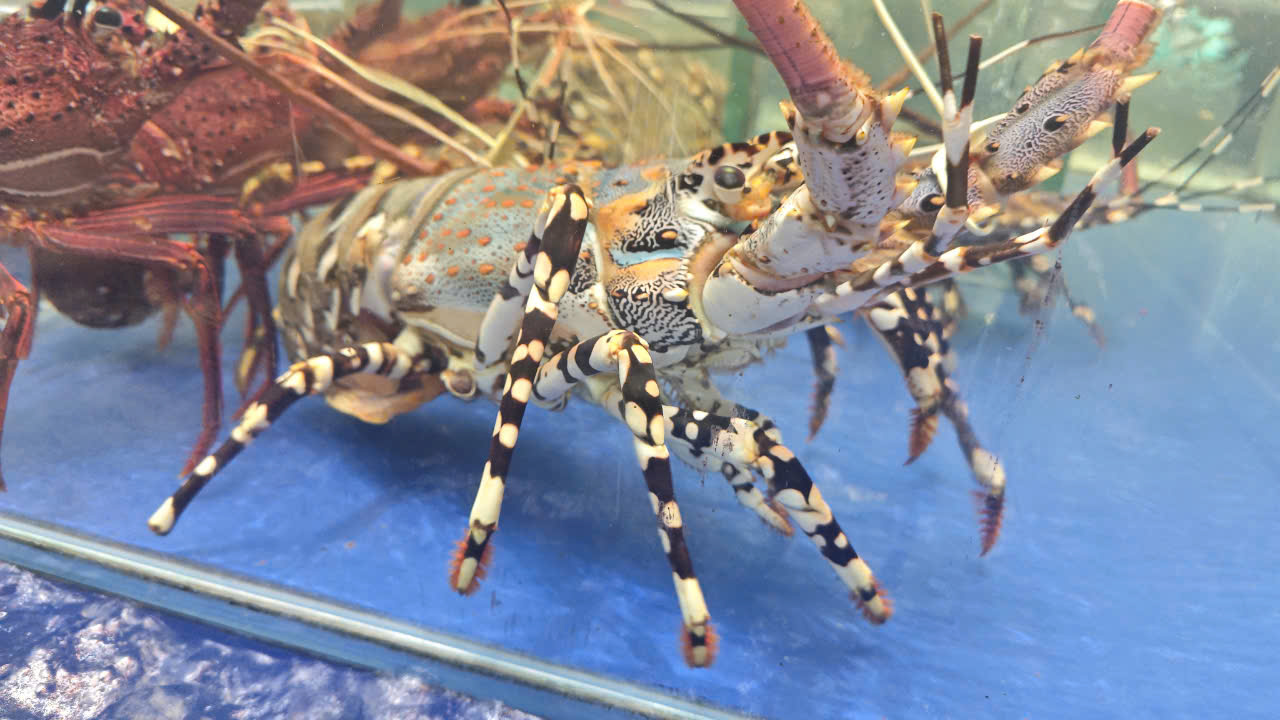
Lobsters are currently very expensive.
Mr. Tran Van Truong, General Director of Hoang Gia Seafood International Trading Company, shared that during this year’s 2-9 holiday, the Hoang Gia Seafood chain witnessed a two to three-fold increase in customer purchases compared to regular days, but the revenue did not match that of previous holiday periods.
He attributed this to the challenging economic situation, which has led customers to opt for more moderately priced items. As a result, the value of each order is lower than in previous holidays. “Instead of buying lobsters, customers are choosing shrimp,” Mr. Truong illustrated.
According to the survey, the price of shrimp at the system ranges from 400,000 to 500,000 VND/kg, while lobsters range from 1.5 to 1.9 million VND/kg.
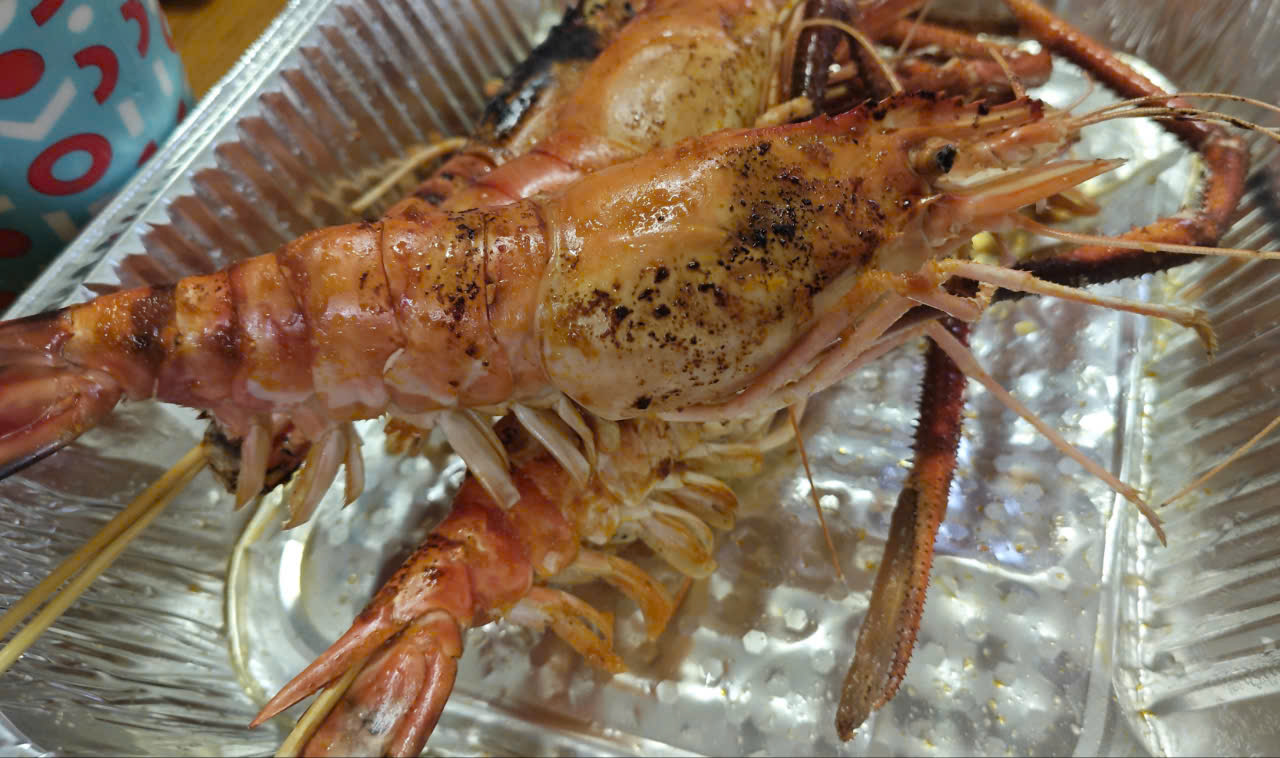
Grilled green shrimp
Mr. Truong also mentioned that while crab is currently in season, most of the catch consists of smaller-sized crabs. With the current crab fishing practices, crab will become increasingly scarce in the future.
In many countries, he explained, only crabs weighing 250 grams or more (4 per kg) are allowed to be caught. If fishermen catch smaller crabs, they are required to release them back into the sea. In Vietnam, however, crabs ranging from 10-20 per kg are commonly caught and sold, and even very small, suckling crabs are openly fished and traded.
Heavy rain impacts business
Mr. Ho Dac Minh Quan, Deputy General Director of Vua Cua Trading and Services Joint Stock Company (Vua Cua Restaurant), shared that the heavy rain in Ho Chi Minh City during the 2-9 holiday significantly impacted their revenue.
“In the past two days, our restaurant’s revenue has been only slightly higher than on weekends, whereas it should have been three to three and a half times higher. If the weather is favorable tonight, on September 2nd, we hope that our sales will increase by 1.5 to 2 times that of a typical weekend,” Mr. Quan said.
Mr. Quan also noted that the cost of raw materials during this holiday season has only increased slightly, by 5-7%, and the restaurant has maintained its prices without any surcharges, considering the challenging economic situation. One of the restaurant’s best-selling dishes is crab don sauce (6-7 pieces/kg) priced at 499,000 VND.
Premium Japanese Scallops: 50% Off, a Tasty Treat for Vietnamese Businesses
“The Japanese scallop industry has set its sights on Vietnam as a new and promising market. With China imposing a ban, this move presents an opportunity for Vietnam to step up and cater to the demands of this industry.”
The Masterful Don Hunters of the Tra Khuc River
The 130-kilometer-long journey of the Tra Khuc River through the province of Quang Ngai is a testament to its resilience as it cascades over numerous rapids and waterfalls before finally merging with the vast sea at Cua Dai. This unique confluence of freshwater and seawater has given birth to a truly extraordinary and singular mollusc, the ‘don’, which cannot be found in any other Central Vietnamese river.
Reducing Taxes on Certain Feedstock Items
In response to a petition from voters in Ben Tre, the Ministry of Finance stated that, in addition to solutions on tax, fee and charge extension, reduction, and deferral, the Ministry of Finance has submitted to the Government a Decree on reducing preferential import tax rates for certain essential items used in the production of animal feed, such as wheat and corn, in order to continue supporting the domestic livestock industry.




